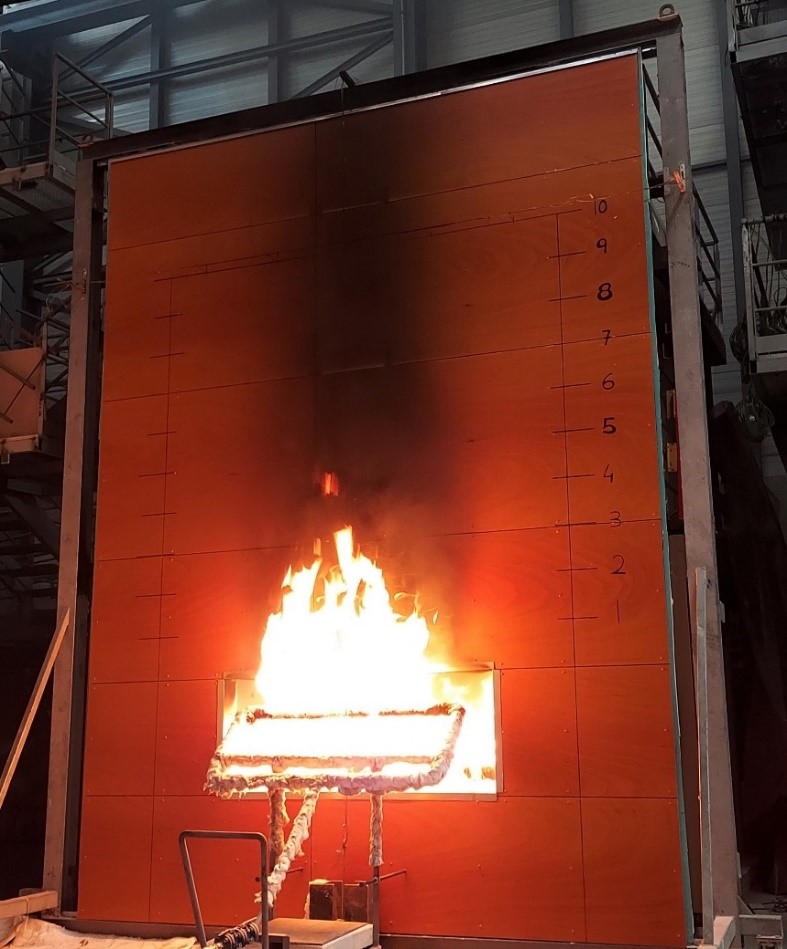TECNALIA extends its scope of the accreditation with the NFPA 285 American standard
The NFPA 285 standard, benchmark in the United States, established the testing and assessment method against fire propagation on façades containing flammable components. It is also a valid standard for the Middle Eastern market as it is a way of complying with local regulations in the United Arab Emirates, the UAE Fire and Life Safety Code.
In 2018, TECNALIA launched its first large-scale fire testing laboratory for façades. It was accredited in this first phase with the British reference standards BS 8414 and BR 135, and the Australian standard AS 5113. Three years later, we extended the scope of the accreditation with the American standard on fire propagation on façades NFPA 285.
TECNALIA has become the only European laboratory that can undertake this accredited testing. We provide new opportunities to the manufacturers so that they can tap into international markets.
NFPA 285, testing and assessment method against fire propagation on façades
The regulation provides an evaluation method and criteria to assess horizontal and vertical fire propagation on the indoor or outdoor surface of the façades, and through its flammable layers and components, as well as the place where the façades and reinforcements connect, and the partition walls between adjacent spaces.
The test structure for standard NFPA 285 consists of a two-storey structure with two rooms. Their internal dimensions are approximately 3 m x 3 m x 2 m (width x depth x height). The sample to be tested (4,1 m wide x 5,5 m high) is placed in front of it with a window on the bottom floor.
The testing method will simulate a completely active fire (post-flashover situation) on the bottom floor, that vents through the window and affects the entire façade. Two gas burners are used to simulate the spreading of the fire: one within the room on the bottom floor, and another below the window sill.
The test lasts 30 minutes and the temperature is measured at several different points and layers of the façade. Visual observations are registered to assess the performance against fire of the façade being evaluated.

